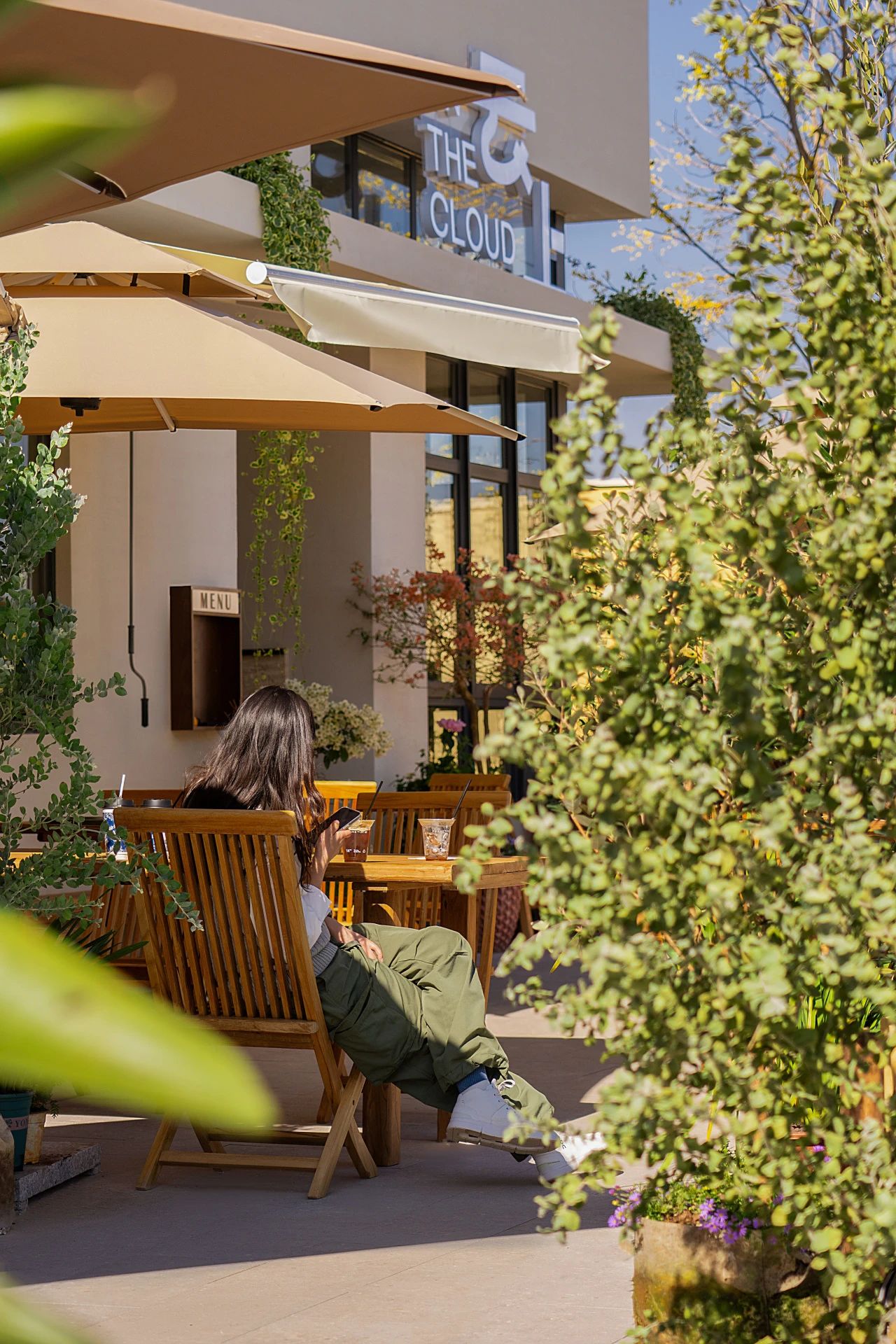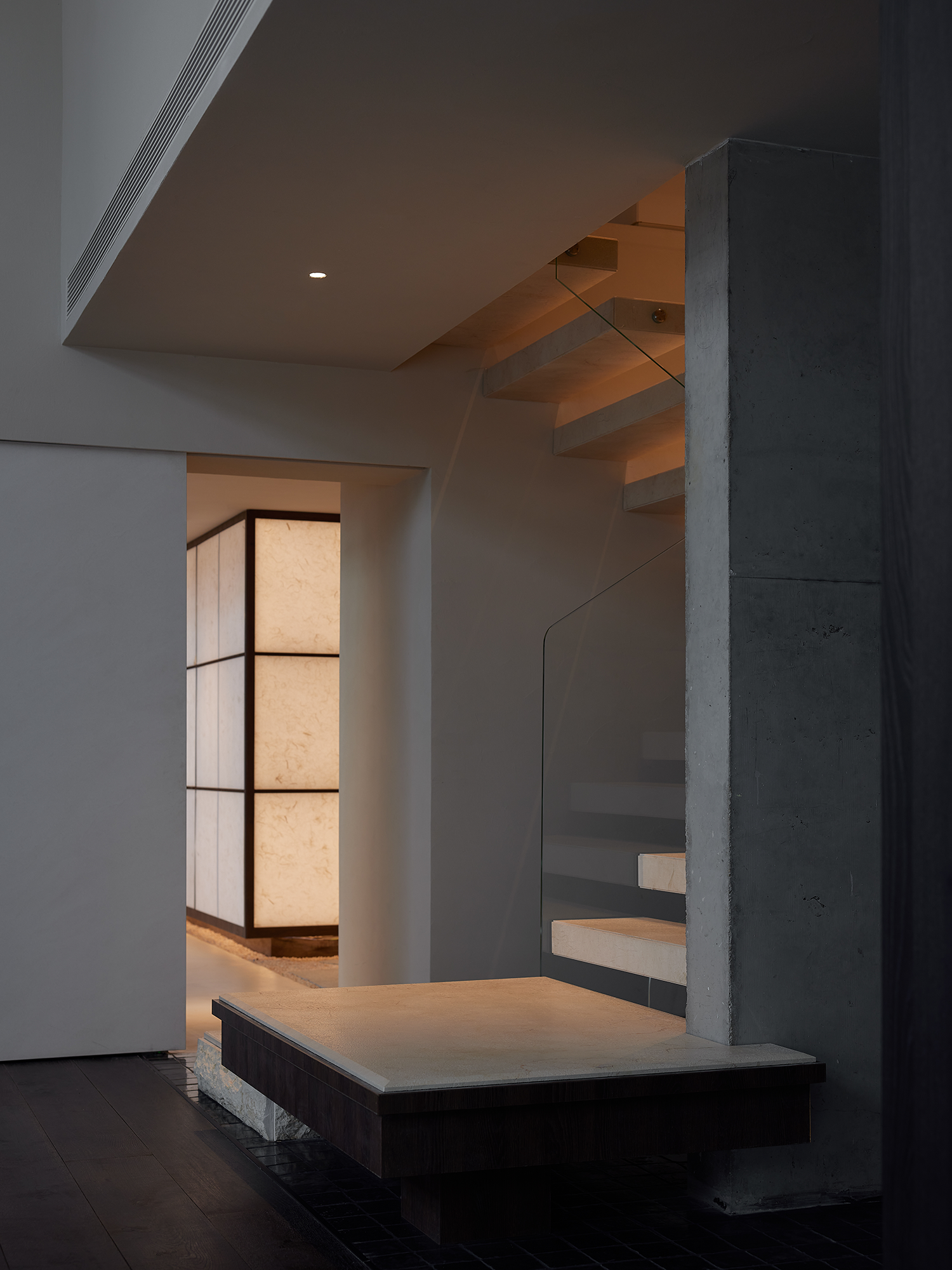Koica Library Solis Colomer Arquitectos
2013-06-11 01:00
韩国国际协力团图书馆是韩国国际合作署捐赠的一个项目。这是一座建筑,旨在为玛丽姐妹的“拉斯尼亚斯别墅”项目提供知识文化和学术培训,该方案旨在向大多数来自农村地区的贫穷女孩提供全面教育。
Koica library is a project donated by the Korean International Cooperation Agency. It is a building intended for intellectual culture and academic training for the program “Villa de las Niñas” of the Sisters of Mary, which aims to provide a comprehensive education to poor girls who mostly come from rural areas.
该设计是插入在两个现有的建筑物之间,允许一种空间容器,转化为一个小的城市广场,拯救和突出开放空间的价值和它与建筑的关系。这个项目的第一个有趣的方面是外观,它几乎完全被表示成一系列封闭的表面,这是项目设计中的一个基本概念。正如建筑师莫里西奥·索利斯(Mauricio Solis)所解释的那样,立面综合了“逃避”的概念,类推了作家苏珊娜·塔马罗(Susanna Tamaro)提到阅读行为的方式,或者在这种情况下,指的是书,书是一种富有想象力的逃避形式。
The design is inserted between two existing buildings, allowing for a kind of spatial container that translates into a small civic square that rescues and highlights the values of open space and its relationship to architecture. The first interesting aspect of the project is the facade, one that is almost entirely expressed as a series of closed surfaces, a fundamental concept in the design of the project. As the architect Mauricio Solis explains it, the facade makes a synthesis of the idea of “escape”, making an analogy to the way the writer Susanna Tamaro refers to the act of reading or in this case, to the books, which are a form of imaginative escape.
Courtesy of Solis Colomer arquitectos
这就是为什么正面可以理解为一个“障碍”,这是必要的跨越。这种想法体现为创建一个架构的概念,该体系结构将其用户带到“其他事物”中。就图书馆而言,这一意图清楚地说明了建筑及其空间如何使学生发现自己置身于寄宿学校性格被消解的地方,并有可能发现自己置身于一个“不同的世界”。
This is how the facade can be understood as a “barrier”, which is necessary to cross. This idea is manifested as the notion of creating an architecture that takes its users toward “something else”. In the case of the library, this intention gives a clear argument to how architecture and its spaces allow students to find themselves in a place where the boarding school character is dissolved and the possibility arises to find themselves in a “different world”.
图书馆面积812平方米,分三个模块设计,形成了适合现有树木的L字形。这些模块塑造了项目,该项目分为三个层次,从一个三层高的大厅,一个礼堂,一个计算机实验室和一个阅读区。
The library is 812 square meters and is designed in three modules, forming an L shape that adapts to the existing trees. These modules shape the project, which is divided into three levels, which provide, from a triple height lobby, an auditorium, a computer lab and a reading area.
Courtesy of Solis Colomer arquitectos
在建筑物内,曾经被视为障碍的墙被完全拒绝。漆成黑色,就成了背景中的一个物体。
Inside the building, the wall once viewed as a barrier is completely denied. Painted black, it becomes an object in the background.
Courtesy of Solis Colomer arquitectos
Solis解释说,这个项目的“核心”是花园,它可以被理解为一个“秘密的地方”,或者只有通过图书馆才能被魔法访问,而图书馆周围是一个开放的空间,提供了将自然的形象与教育过程联系在一起的可能性。这就是为什么阅览室通过大窗户向花园开放的原因,这使得自然与建筑之间的对话得以持续进行,这种对话在建筑物的所有区域都有意识地保持着,通过窗户,人们可以从不同的角度看到花园。
Solis explains, “the core” of the project is the garden, which can be understood as a “secret place” or magical accessed only through the library, which surrounds it as an open space that gives the possibility of connecting the image of the natural with an educational process. This is the reason why the reading room is open towards the garden through large windows that allow an ongoing dialogue between nature and building, a dialogue that is intentionally maintained in all areas of the building through windows that allow one to see the garden from different points.
Courtesy of Solis Colomer arquitectos
这个阅览室,或者说是“智力训练”的空间,是一个双高度的空间,在概念上被定义为图书馆中最重要的空间,指的是注定要享受文学的空间的规模。因此,它是一个尊重任何读者的空间,由于它的规模,它产生了某种空间上的尊重,使这个地方成为一个真正的“隐秘”同居空间。
This reading room, or space for “intellectual training”, is a double height space which is conceptually defined as the most important space in the library, referring to the scale that places destined to the enjoyment of literature should have. It is therefore a space that dignifies any reader and due to its scale, generates some sort of spatial respect that makes the place a real space of “stealthy” cohabitation.
Courtesy of Solis Colomer arquitectos
在前面描述的空间上方是一个露台/花园,通过展示一系列绿色的土丘,女孩们可以一种非传统的方式阅读一本书,并在不同的层面上加强与大自然的接触,从而转变成一个有趣的生活空间。这一空间,除了使户外文化的用途,允许连接到现有的建筑之一的功能,这使这个平台作为中间空间之间的两栋楼。
Above the space previously described is a terrace/garden that transforms into a playful living space by presenting a series of green mounds where the girls can read a book in a nontraditional way and reinforces contact with nature in a different plane. This space, in addition to enabling outdoor cultural use, allows to connect to one of the existing buildings in functional terms, which makes this terrace an intermediate space as mediator between both buildings.
在物质上,图书馆呈现出一种简朴的形象,这一方面反映了玛丽修女会提供的培训,但也谈到了设计中的诚实,正如Solis提到的那样,这是一种功能性建筑:“没有什么是多余的”。该项目的设计方式使理解其所有部分的总和是有意义的。从在地板上使用暴露的混凝土,比如结构体系明显(梁和柱),使用OSB(定向支架板)再生木材,以及使用穿孔的PVC板,这些都是一些例子,展示了一个建筑如何在没有任何声响的情况下保持清醒,但反过来并不会质疑质量和建筑创意。
Materially, the library is presented with an austere image, which on one side is a reflection of the training provided by the Sisters of Mary, but that also talks about honesty in design, a functional architecture where as Solis mentions: “nothing is superfluous”. The project was designed in such a way that understanding the sum of all its parts makes sense. From the use of exposed concrete both in the floor as in the way that the structural system is evident (beams and columns), the use of OSB (oriented stand board) recycled wood, as well as the use of perforated PVC panels, these are some of the examples that show how an architecture can be sober and without any kind of fanfare, but in turn does not question the quality and architectural creativity.
Courtesy of Solis Colomer arquitectos
最能引起人们注意的材料之一,主要是外表,是“fachaleta”釉面陶器,原状为白色,但颜色却有变化(取决于留在烤箱中的时间)。它是本地制造的,当大规模使用时,会产生丰富的彩色画布,这是一种建筑的敏感性。
One of the materials that calls attention the most, mainly on the exterior, is the ‘fachaleta’ glazed earthenware, white in its original state, but which has variations in hue (according to the time that it is left in the oven). It is locally manufactured and when used at a large scale, generates a rich chromatic canvas, a sensitivity of architecture.
这个项目,不仅仅是一座注定要教育的建筑,当然是一项提案,它激发(重新)思考建筑可以影响人们的方式,这一设计表明,人们有可能以不同的方式看待事物,积极地看待事物。从这个意义上说,韩国国际协力团图书馆是一种令人尊敬的建筑,因为它不仅为教育弱势群体提供了必要的用途,而且还表明有可能创造一个有目的空间,展示如何在这些人口的头脑中更好地生活,从而使建筑本身如何能够成为教育的补充体的论点站得住脚。
This project, beyond being only a building destined to education, is certainly a proposal that provokes (re) thinking the way architecture can influence people, a design that suggests that it is possible to see things differently, positively. In this sense, Koica library is presented as an architecture that dignifies, as it not only provides the necessary uses to educate a vulnerable population, but also shows possibilities of creating the recognition of a purposeful space that shows how life can be better in the minds of this population, making valid the argument of how architecture in itself can be a complementary body to education.
Courtesy of Solis Colomer arquitectos
 举报
举报
别默默的看了,快登录帮我评论一下吧!:)
注册
登录
更多评论
相关文章
-

描边风设计中,最容易犯的8种问题分析
2018年走过了四分之一,LOGO设计趋势也清晰了LOGO设计
-

描边风设计中,最容易犯的8种问题分析
2018年走过了四分之一,LOGO设计趋势也清晰了LOGO设计
-

描边风设计中,最容易犯的8种问题分析
2018年走过了四分之一,LOGO设计趋势也清晰了LOGO设计
















































































